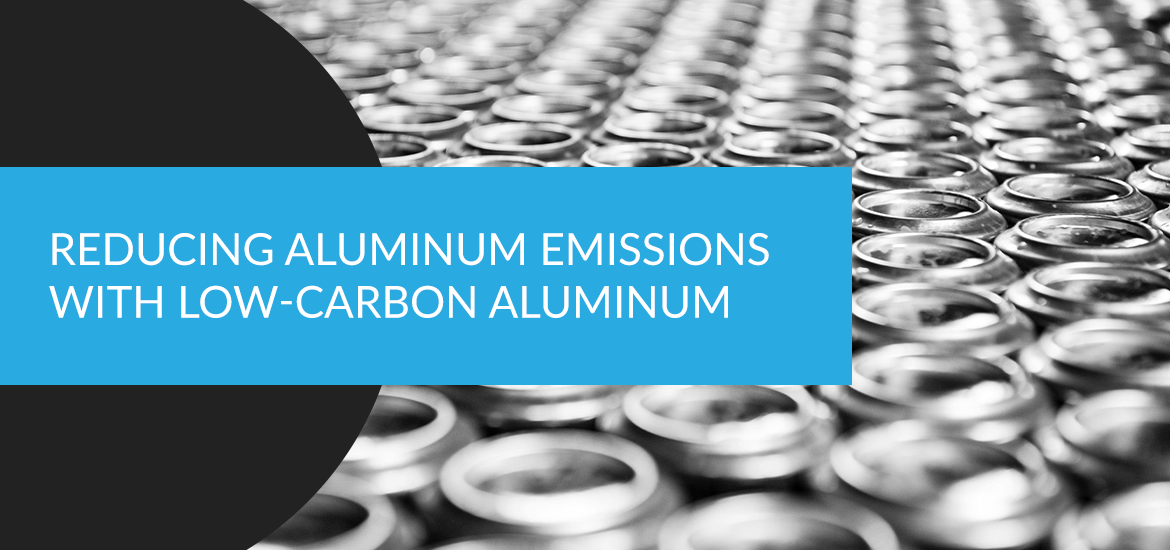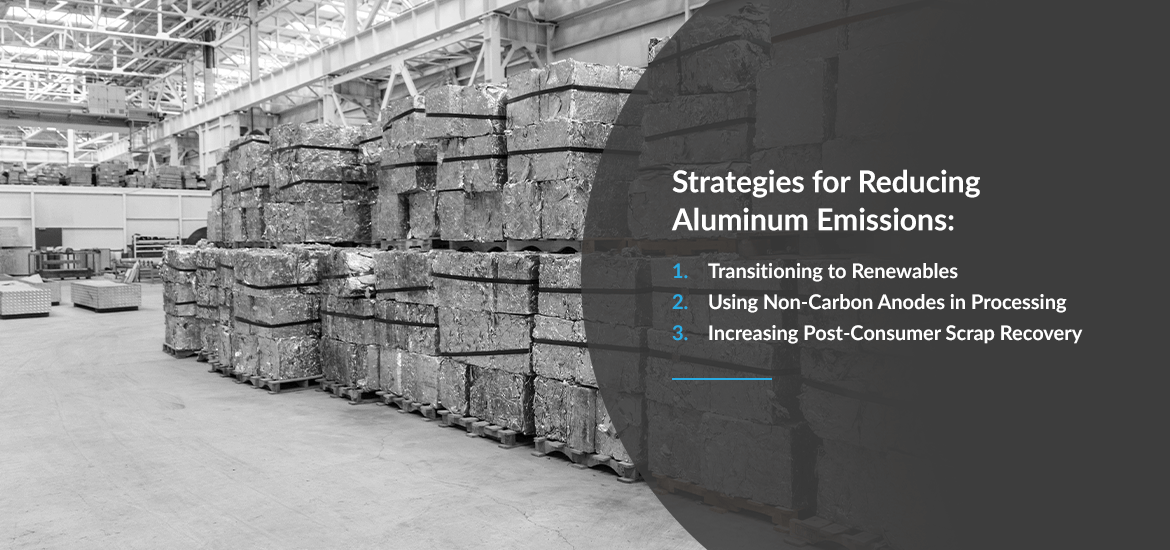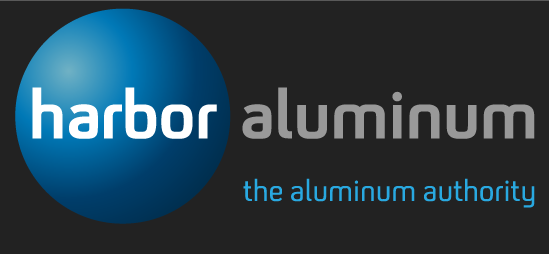Reducing Aluminum Emissions With Low-Carbon Aluminum

Cutting emissions from the aluminum industry has become a major worldwide priority. Aluminum production is a primary source of a few dangerous greenhouse gases, contributing to global warming and leaving pollutants in the atmosphere that will remain for thousands of years. Leaner aluminum emissions offer vital sustainability. Several strategies are available to reduce aluminum-related emissions, many of which have already demonstrated success.
It's important to understand how aluminum production has contributed to climate change and how changes could mitigate these effects. Creating environmentally friendly aluminum has become an increasingly important priority thanks to the growing demand for the material. It's lightweight, corrosion-resistant and durable — qualities that make it perfect for vehicles, buildings and other applications. Sustainability must be a priority as aluminum becomes more and more popular.
Global Climate Change Goals
Efforts to mitigate climate change and its effects have been a global priority for decades, but change remains necessary. In November of 2016, the most recent international treaty, the Paris Agreement, went into force. At its signing, 196 nations agreed to limit global warming below 2 degrees Celsius as compared to pre-industrial levels.
According to the Paris Agreement, each nation must develop long-term strategies to decrease greenhouse gas emissions. In response, industries are developing carbon neutrality targets and zero-carbon technological solutions. The aluminum industry is one that must make changes to decrease its carbon footprint.
The Carbon Footprint of Aluminum
Aluminum production is a major source of perfluorocarbons (PFCs), which are potent greenhouse gases. To produce aluminum, an electric current runs between a carbon anode and a cathode within a heated solution of cryolite and aluminum fluoride. When a compound called alumina enters the current, it's reduced to aluminum. During this process, PFC emissions can occur.
The PFCs emitted are tetrafluoromethane and hexafluoroethane, both of which have global warming potentials thousands of times greater than that of carbon dioxide. They can each survive in the atmosphere for 10,000 years. All PFCs are resistant to the chemical processes that break down pollutants. Only lighting, incineration or high-energy ultraviolet light can destroy them. For these reasons, reducing aluminum emissions is a major environmental priority. The aluminum industry has made marked progress but still has room for improvement.
Past Progress on Reducing Emissions From Aluminum Production
The global aluminum industry has made notable progress on emission reductions. Volunteer programs and continued research have given the industry the tools and motivation to reduce emissions. Efforts have been largely successful.
Voluntary Aluminum Industrial Partnership
The Voluntary Aluminum Industrial Partnership (VAIP) is an agreement between the Environmental Protection Agency (EPA) and primary American aluminum producers. The volunteer aluminum partners set a goal to reach 30% to 60% reduced PFC emissions by 2000, beginning in 1990. At the same time, the EPA agreed to conduct research and share its findings. The volunteer program has seen progress. Since 1990, the industry has reduced PFC emissions by over 85%.
International Aluminum Institute
Voluntary membership with the International Aluminum Institute (IAI) has also helped to reduce aluminum emissions. IAI member companies, which are found all over the globe, focus on responsible production, sustainable applications and recycling. The group includes aluminum producers, recyclers and fabricators, bringing together the product's total lifecycle.
Low-Carbon Aluminum
The industry's success in reducing aluminum emissions has been the result of altered practices and technological advancements. Since most emissions occur during production, industry leaders have found ways to minimize production emissions and reduce the need for production through stronger recycling efforts. Low-carbon aluminum emissions should continue along this trend.
Strategies for Reducing Aluminum Emissions

Here are a few of the ways the aluminum industry has reduced emissions to date. Greater reliance on these strategies will help the industry reach future targets.
1. Transitioning to Renewables
PFC leaks during production are not the only source of greenhouse gases in the industry. Electricity consumption is also a substantial factor, as producing aluminum is energy-intensive. Switching to renewable energy sources is another way to promote sustainability. In some parts of the world, aluminum plants still rely on coal for energy, which results in massive greenhouse gas emissions.
A switch to clean energy sources, such as hydropower, solar or wind power, helps to reduce aluminum's carbon footprint. Major companies are supporting these efforts. For instance, the BMW Group has committed to sourcing aluminum from producers using solar electricity. Vehicle manufacturers like BMW are relying more and more on aluminum because it's an ideal material for electric vehicle battery encasing. Sourcing responsible aluminum will become a greater priority as the electric vehicle market grows.
2. Using Non-Carbon Anodes in Processing
Another way aluminum producers have been able to slash emissions is by developing non-carbon anodes. Carbonless anodes eliminate emissions during the production process, creating only oxygen as a byproduct. Further research is needed to create suitable alternatives. Inert anode research shows potential — solutions may be less costly and more efficient in addition to their environmental benefits.
3. Increasing Post-Consumer Scrap Recovery
Aluminum is endlessly recyclable — it's a rare material in that it has the potential for a closed lifecycle loop. It's one of the most recyclable materials in the world. Although efforts to improve production are vital, the industry can also reduce emissions with a greater emphasis on recycling.
Recycling aluminum creates no PFC emissions and only 5% of the greenhouse gases of initial production. Since recycling aluminum is so beneficial for sustainability efforts, the IAI created the Global Aluminum Recycling Committee to conduct research. As of 2017, recycling provided about a third of the world's aluminum demand. Increasing this figure could result in monumental emission reductions.
A Shared Responsibility
Creating a more sustainable aluminum industry must be a shared responsibility around the globe. The greatest aluminum producing nation, by far, is China — the country produces 37,337 metric tons of aluminum, which is over 30,000 more than the next highest producer. China is facing challenges to reduce aluminum-related emissions, in part because production facilities often rely on coal for energy.
While the combined efforts of the EPA, IAI and VIAP have generated remarkable success, their strategies must reach the production market in China. Since climate change affects everyone on Earth, all nations share the burden of reducing emissions. As demand for aluminum grows, especially in the automotive market, efforts towards a sustainable future must also grow.
Subscribe for Daily Market Insights and Trends Data
Aluminum is a vital material for construction and manufacturing, which is why its sustainable production is necessary. Since 1990, voluntary efforts across the aluminum industry have succeeded in slashing emissions. Further efforts could make the industry an integral part of sustainable manufacturing for the future. All aluminum producers share a responsibility to improve their processes.
If you're interested in learning more about the aluminum industry, subscribe to our Aluminum Intelligence, Aluminum Premiums and Alumina/ Bauxite Intelligence reports for daily market insights and trends data. Here at HARBOR Aluminum, we provide detailed and accurate information to help our clients navigate the industry armed with insider knowledge. Learn more about the aluminum industry — subscribe to our reports today.

